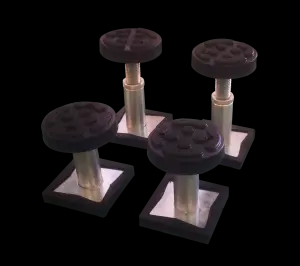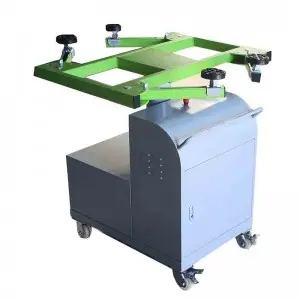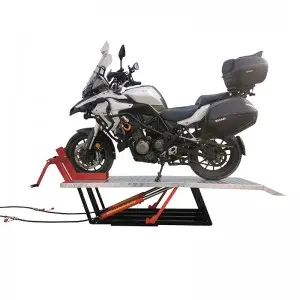Cylinders have been an integral part of human civilization for thousands of years. From the ancient Egyptians to the modern industrial era, cylinders have served a multitude of purposes across various fields. In this article, we will delve into the history of cylinders, explore their diverse uses, and uncover some of the remarkable advancements in cylinder technology.
The concept of cylinders can be traced back to ancient times, where they were initially used for transportation and storage. One of the earliest recorded uses of cylindrical objects can be found in ancient Egypt, where papyrus scrolls were commonly stored in cylindrical containers. The durability and practicality of this shape made it ideal for preserving important documents and transporting them safely.
Cylinders also played a crucial role in the field of engineering and mechanics. The great Greek mathematician and inventor, Archimedes, used cylinder-shaped pistons in his groundbreaking creation, the Archimedes’ screw. This device was used for lifting water and is considered one of the first instances of a practical application of cylinder-based technology.

Exploring the Fascinating World of Cylinders: A Look into their History, Uses, and Modern Innovations
As civilization progressed, the industrial revolution marked a turning point in cylinder development. The invention of the steam engine by James Watt in the late 18th century revolutionized transportation and manufacturing. The cylinders in steam engines were responsible for converting heat energy into mechanical work, propelling trains, ships, and even powering factories. This invention paved the way for the modern world as we know it today.

Exploring the Fascinating World of Cylinders: A Look into their History, Uses, and Modern Innovations

Exploring the Fascinating World of Cylinders: A Look into their History, Uses, and Modern Innovations
In the modern era, cylinders have continued to evolve and find innovative applications. One of the most renowned uses of cylinders is in internal combustion engines. The cylinder arrangement within an engine converts the chemical energy in fuel into kinetic energy, propelling vehicles and providing power for various machinery. This technology has significantly impacted our daily lives, enabling efficient transportation and fueling economic growth.
The development of hydraulic cylinders has also been instrumental in various industries. These devices use the power of pressurized fluid to create linear motion, offering immense strength and control. Hydraulic cylinders find applications in construction equipment, manufacturing machinery, and even aerospace technology. They play a critical role in heavy lifting, precise control, and movement of larger structures.
In recent years, advancements in material sciences and 3D printing have brought about new possibilities in cylinder design and manufacturing. Lightweight yet strong materials, such as carbon fiber composites, have allowed for the creation of high-performance cylinders in industries like aerospace and automotive. By optimizing the design and material composition, engineers have been able to enhance efficiency, durability, and overall performance of cylinders.
Moreover, 3D printing technology has opened doors for complex and customized cylinder designs. With the ability to print intricate geometries and internal structures, cylinders can now be tailored to specific applications, improving functionality and reducing weight. This has proven particularly beneficial in industries like medical devices, where cylinders with unique shapes and functionalities are required.
In conclusion, cylinders have played a vital role throughout human history, serving diverse purposes from storage and transportation to power generation and heavy machinery. Their evolution and innovation over the years have propelled technological advancements and economic growth. As we continue to explore new frontiers, cylinders are poised to play an even more significant role, enabling further progress and pushing the boundaries of what is possible.Inground lift
